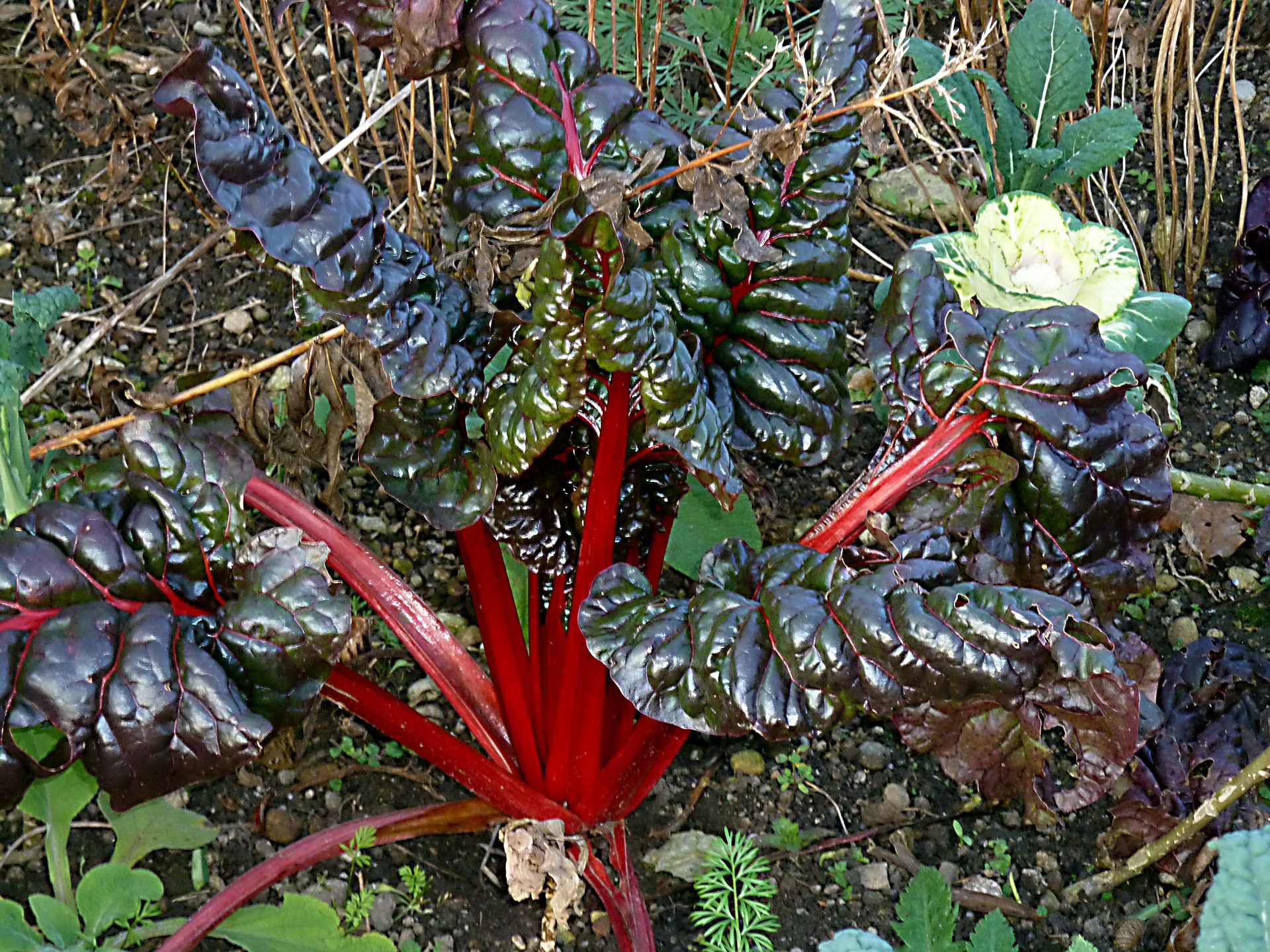Since you can’t eat the leaves of rhubarb, here are two ideas on how to use them–make an aphid spray or use the whole leaf to make a seedling protector! Rhubarb leaves are poisonous, containing oxalic acid which is a nephrotoxic. Oxalic acid works to suffocate sucking insects such as aphids. Because oxalic acid is also poisonous to humans, if you make the spray take care to use it only on non-windy days and avoid using it on anything edible. Some people recommend only using this spray for flowers, shrubs, non-fruit bearing trees, or on pre-fruiting vegetables and trees. Keep out of the reach of children and pets.
Seedling Protector:
Remove the whole leaf, in one piece, from the rhubarb stem.
Cut a hole in the middle of the leaf.
Place the hole over a new seedling so that the seedling is in the middle of the leaf.
That’s it! You have just deterred many chomping insects, added shade to the seedlings little roots, kept moisture in the ground and made compost!
Leaf Spray:
Fill a cooking pot to half full with water.
Boil the water.
Cut/tear rhubarb leaves into small pieces and put them into the boiling water until the pot is about 3/4 full.
Once all the leaves are in the boiling water, turn the water off and let it steep for 30 minutes.
Strain the leaves out of the water and put the leaves in the compost.
Add 2TBL of natural dish soap (dish soap helps it stick to leaves).
Ready to use! Dilute the spray to 1 part rhubarb leaf concentrate:7 parts water.
Use a hand held sprayer or a backpack sprayer to apply to the leaves and stems of plants that are effected by aphids or other sucking insects.
Use the spray within 24-48 hours for best results. You can also freeze it for later use.
To raise your own rhubarb, read our article about growing rhubarb.
For other great home remedies, gardening tips and DIY ideas visit us on Facebook and Pinterest. For local food in your area, search by zip code on Pick-A-Pepper.com!
Similar Stories:
- 5 Recipes for Non-Chemical Insecticides
- IN THE PINK: FORCED RHUBARB
- For Heavens Sake, Don’t Bag Your Leaves!!
- Make Your Own Dishsoap
- All About Growing Rhubarb




